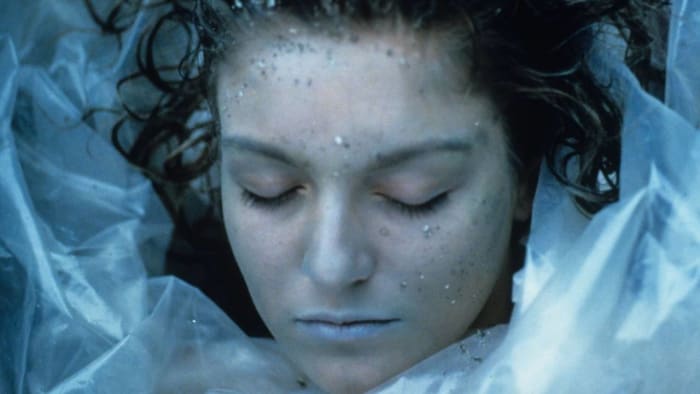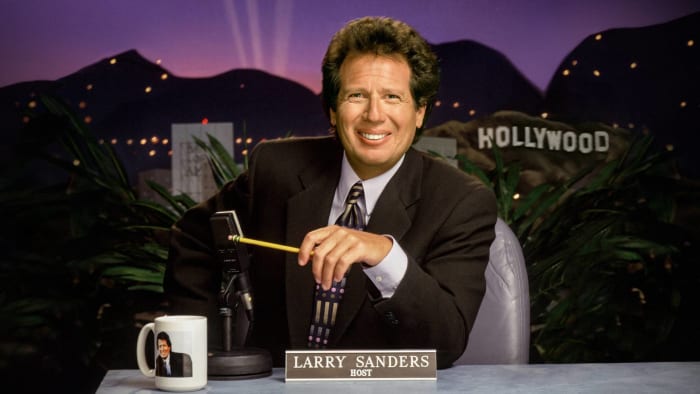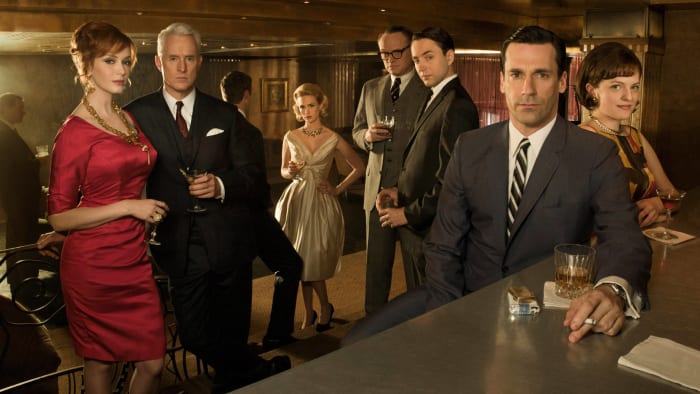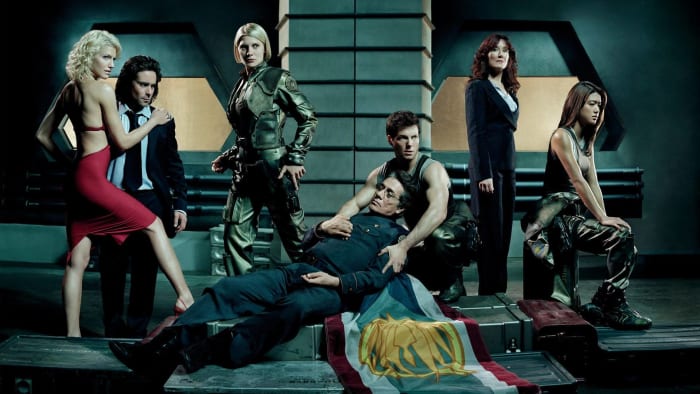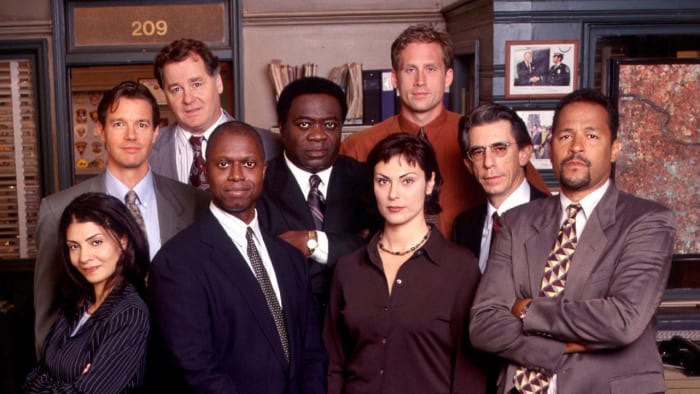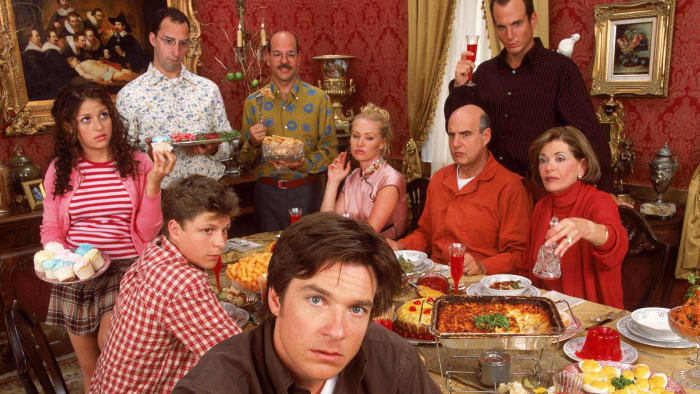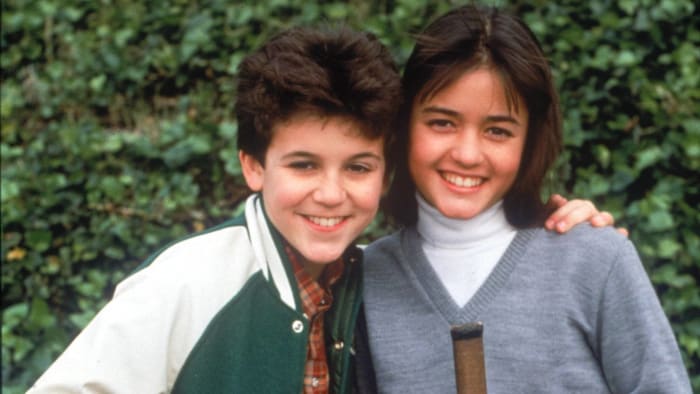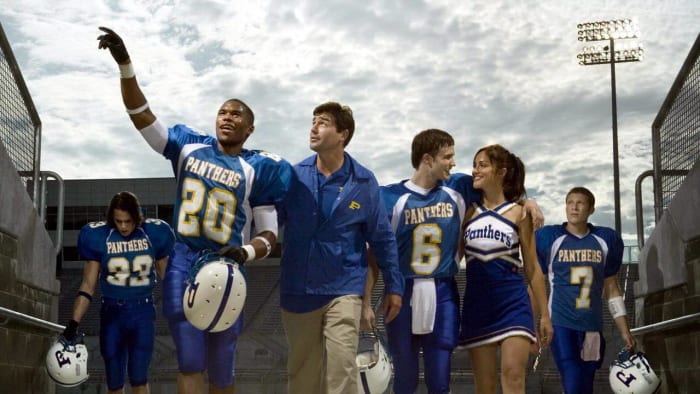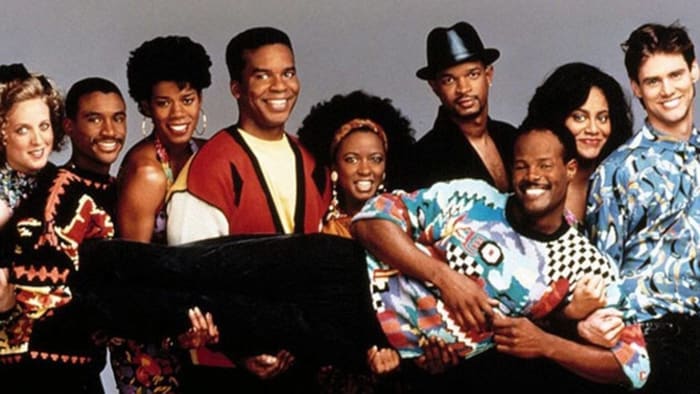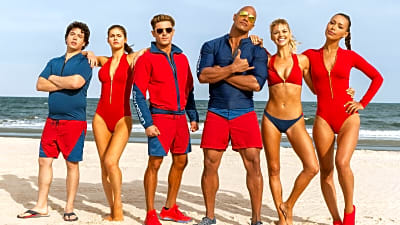
The 25 greatest television pilots
Television has always been a fluid medium. In its infancy, it was artless, standalone cameras. By the '50s, comics like Jackie Gleason were turning it into a Catskills showcase. Then pioneers like Dick Van Dyke, Bob Newhart and Rod Serling began to expand on the medium's possibilities. By the 1970s, there were forms: sitcoms, procedurals and soap operas. Sometimes, you found your way into a great show. But once the networks understood how to hype their wares, the pilot was key. Twenty-five years ago, NBC blindsided viewers with possibly the greatest pilot of all time in "ER." To celebrate this blessed broadcast anniversary, let's revisit some other shows that stuck the landing right out of the gate.
More must-reads:
Breaking News
Trending in Entertainment
Customize Your Newsletter
 +
+
Get the latest news and rumors, customized to your favorite sports and teams. Emailed daily. Always free!
